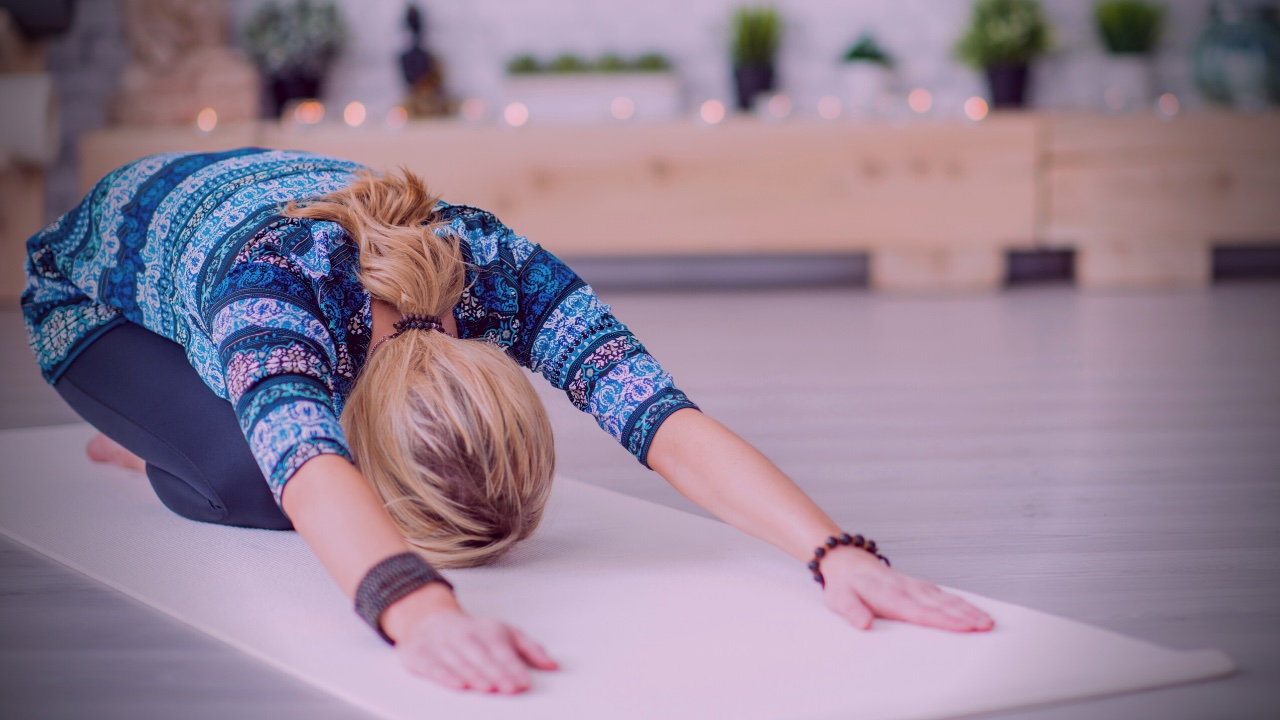January 26, 2022
When Having to Pee Becomes an Urgent Situation

Research shows that urinary symptoms like urge incontinence increase with menopause. Here’s what to do about it.
By Selene Yeager
If you’ve ever found yourself twisting your legs around each other like a braided breadstick as you fumble to get your keys in the door or pulling up your pants to leave the bathroom only to drop them again, because you still feel like you have to go, the findings of a recent study published in Menopause will come as no surprise: Overactive bladder syndrome and incontinence become more common with age, and especially post menopause.
Overactive bladder (also known as OAB) causes a frequent and sudden urge to pee that feels difficult to control. The urge may hit you multiple times during the day and night. It can be accompanied by urge incontinence, which is the unintentional leaking when you have to urinate. You may also experience stress incontinence, which is the unintentional leaking of urine when you run, jump, lift, sneeze, cough, laugh or otherwise put pressure on the bladder and pelvic floor.
Though research shows younger, premenopausal women are also susceptible to stress incontinence—especially during high impact or high stress activity, OAB and urge incontinence tend to show up during and after the menopause transition, according to this latest research.
The study included more than 12,000 women with an average age of 46.5 who were part of the Japan Nurses’ Health Study. The researchers crunched the data to calculate the prevalence of urinary symptoms and factors associated with them.
They found that women ages 45 to 54 were more likely to have OAB, as were women who were postmenopausal. Interestingly, stress incontinence appeared to become less frequent after menopause, though it still affected more than 18 percent of women ages 50 to 54. Having a higher body mass index and the number of times a woman has given birth also increased the odds of incontinence.
There are many factors that contribute to this increase in incontinence and bladder issues, including estrogen decline, muscle loss, and genitourinary syndrome of menopause (GSM, previously known as vulvovaginal atrophy).
Lifestyle adjustments can help (cutting down on caffeine has come up a lot in the Hit Play Not Pause group as being particularly helpful). Cutting back on caffeine is also on the Mayo Clinic’s list of lifestyle treatments, along with cutting back on carbonated beverages, limiting alcohol, and skipping artificial sweeteners, all of which have been linked to overactive bladder or urinary urgency.
We’ve also covered this topic along with pelvic floor health on the Hit Play Not Pause podcast a few times, including Hit Play Not Pause episode 55: Leaks, Lockdowns & Magic Wands with Amy Hill Fife, MPT and Hit Play Not Pause episode 6: Stop the Leaks with Chloe Murdock, DPT. Both shows include an eye-opening look into all the factors involved in pelvic floor health.
Both episodes recommend that women include pelvic floor training as part of their regular routine. Performing Kegel exercises several times a day is a good start for many women. (Just bear in mind that your pelvic floor is part of your core, so it’s important to work your entire core regularly, as well.) To do them: Clench your pelvic floor like you’re trying to prevent yourself from wetting and/or soiling yourself. For the best results you should include long, held squeezes as well as quick, short squeezes. Work up to performing 10 long squeezes, holding each contraction for 10 seconds, followed by 10 short, strong squeezes.
Deep breathing exercises also can help. (If you’ve read this blog for any amount of time, you’ll sense a theme: deep breathing to activate your parasympathetic system and tame stress is good for sleep, gut health, and much more.)
Murdock recommends deep breathing in “child’s pose” from yoga to coordinate your diaphragm, abdominals, and pelvic floor, which is essential for bladder control and pressure management. One study published in Female Pelvic Medicine & Reconstructive Surgery reported that women with incontinence issues who started practicing yoga moves targeted to pelvic floor health had a 71 percent decrease in symptoms after six weeks.
To do child’s pose breathing: Start in a kneeling position. Then sit back on your heels and open your knees about hip-width apart. Bend forward, lowering your upper body between your thighs, allowing your forehead to rest on the floor. Extend arms down along calves, palms facing up. Breathe in deeply, expanding your rib cage, especially the lower ribcage, and exhale. Do 6 to 10 slow, even breaths.
If lifestyle interventions don’t help, talk to your doctor and/or see a pelvic floor specialist. Urge and incontinence issues are extremely disrupting to your life, and they are very treatable with pelvic floor physical therapy, hormones, and/or other treatments.


 Outspoken Women in Triathlon Summit Returns Bigger than Ever
Outspoken Women in Triathlon Summit Returns Bigger than Ever  Driving the Lamborghini: Productivity and the Power of Paper
Driving the Lamborghini: Productivity and the Power of Paper  5 take aways from the Compete Sports Diversity Summit
5 take aways from the Compete Sports Diversity Summit  Simple Tips to Hone Your Bike Handling Skills
Simple Tips to Hone Your Bike Handling Skills 

